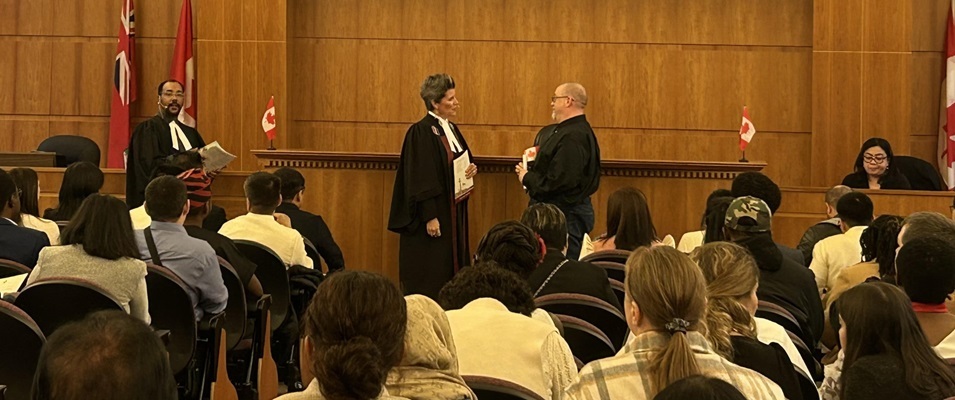Communication via social media can be an enjoyable way to stay in touch with family and friends. It’s satisfying to see the comments and pictures others have posted, and to share our own as well. I’m sure most would agree that we love the feeling we get when our comments or pictures are rewarded with the coveted like.
As the grandmother of an adolescent who is already quite Internet savvy and on the cusp of entering the cyber world, I wanted to be more informed on the effect social media could have on his young mind.
Through my research, I came to learn that the secretion of the “feel good” hormone dopamine is responsible for those pleasurable feelings we experience when receiving likes or positive text messages. Although usually a mild response in adults, this experience is greatly exaggerated in the brain of an adolescent. Even though their prefrontal cortex is underdeveloped, resulting in poor judgment and decision-making, their nucleus accumbens, or pleasure/reward centre of the brain, is at its most heightened state throughout these teenage years, and therefore is highly subject to thrill-seeking, instant gratification, and impulsive behaviours.
Neuroscientists at UCLA have found that when scanning an adolescent’s brain while on social media, this pleasure/reward centre gets lit up with activity whenever a positive message is received in the form of a like to their posted photos or comments.
This overstimulation of the brain is why many obsessive and addictive behaviour problems occur. The copious amounts of dopamine released during excessive online gaming, Facebook, and cell phone use can alter a child’s mood and memory while promoting anxiety, depression, and sleep deprivation. And again, because of a child’s limited capacity for self-regulation and susceptibility to peer pressure, the approval of online “friends” can quickly override that of the parents.
Children can be at risk if left alone to navigate and experiment with social media. We can thwart negative experiences by educating them on the hidden dangers of the internet and monitor the sites they visit.
The summer months afford us an excellent opportunity to limit time spent on social media devices and encourage more outdoor physical activity and interaction with others. Bike-riding, camping, part-time work, or participation in the arts will meet their need for social connection and aid in keeping them healthy and safe.




















